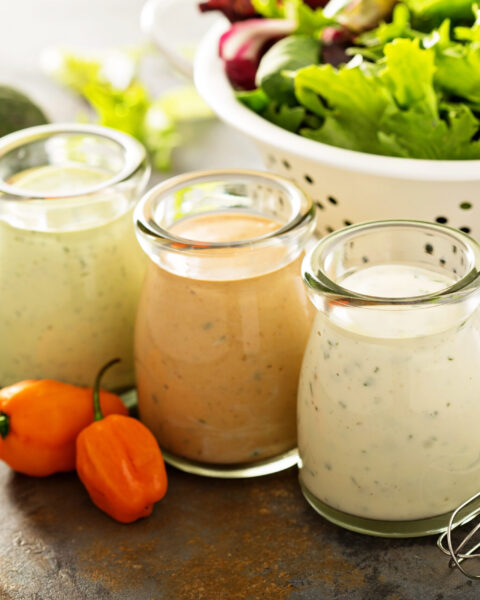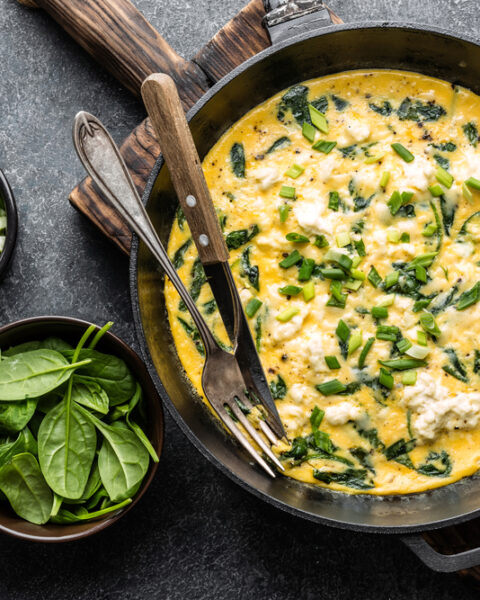Reducing food waste at home is not just good for your wallet, but it’s also great for the planet. Every bit of food we save helps lessen our environmental impact and supports a more sustainable lifestyle. Many of us throw away food without realizing how much we’re wasting. With a few practical tips and some small changes to your routine, you can significantly cut down on the amount of food that ends up in the trash.
Contents
- 1 Plan Your Meals
- 2 Make a Shopping List
- 3 Store Food Properly
- 4 Understand Food Labels
- 5 Start Small
- 6 Use Leftovers Creatively
- 7 Freeze Surplus Food
- 8 Compost Food Scraps
- 9 Check Your Fridge Regularly
- 10 Store Herbs Correctly
- 11 Use the Whole Plant
- 12 Donate Excess Food
- 13 Preserve Food
- 14 Educate Your Household
- 15 More From RetailShout
- 16 14 Ultimate Food Cities in the United States
- 17 16 Everyday Things Becoming Unaffordable for the Middle Class
Plan Your Meals
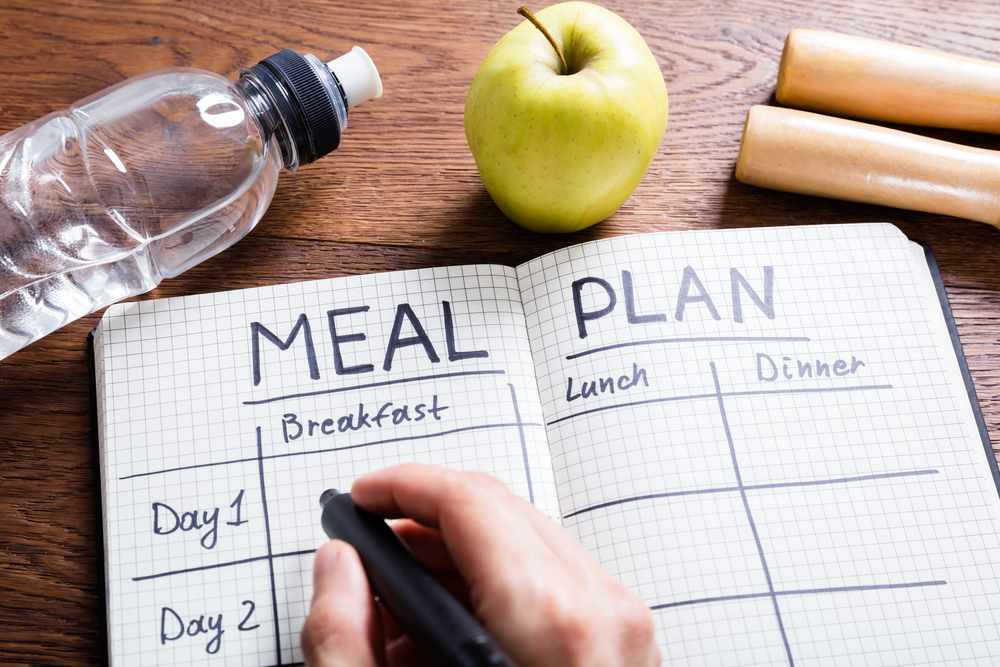
Planning your meals for the week helps you purchase only what you need. By creating a detailed shopping list based on your meal plan, you can avoid buying excess food that might go to waste. This method also allows you to make use of ingredients you already have, minimizing waste. Planning helps in preparing appropriate portion sizes to ensure leftovers are manageable. Additionally, it reduces the likelihood of impulse buys that often end up spoiling.
Make a Shopping List
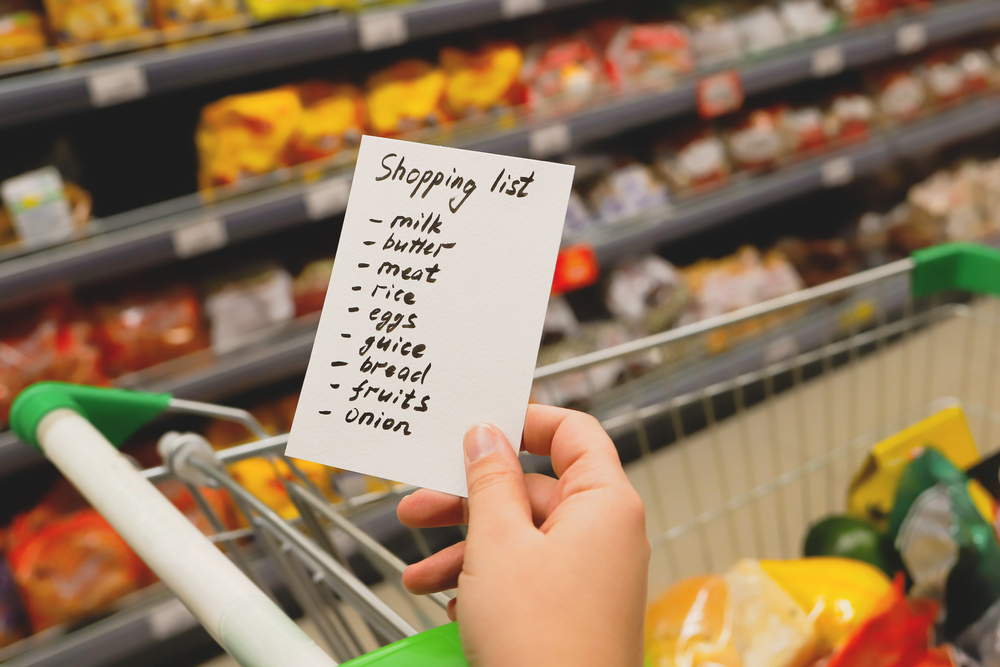
Creating a shopping list before heading to the store can significantly reduce food waste. It ensures you purchase only necessary items and prevents overbuying. Lists help you stay focused, avoiding the temptation of buying items not needed. Checking your pantry and fridge before making the list ensures you do not purchase duplicates. Digital shopping lists can also help in updating items as soon as they run out.
Store Food Properly
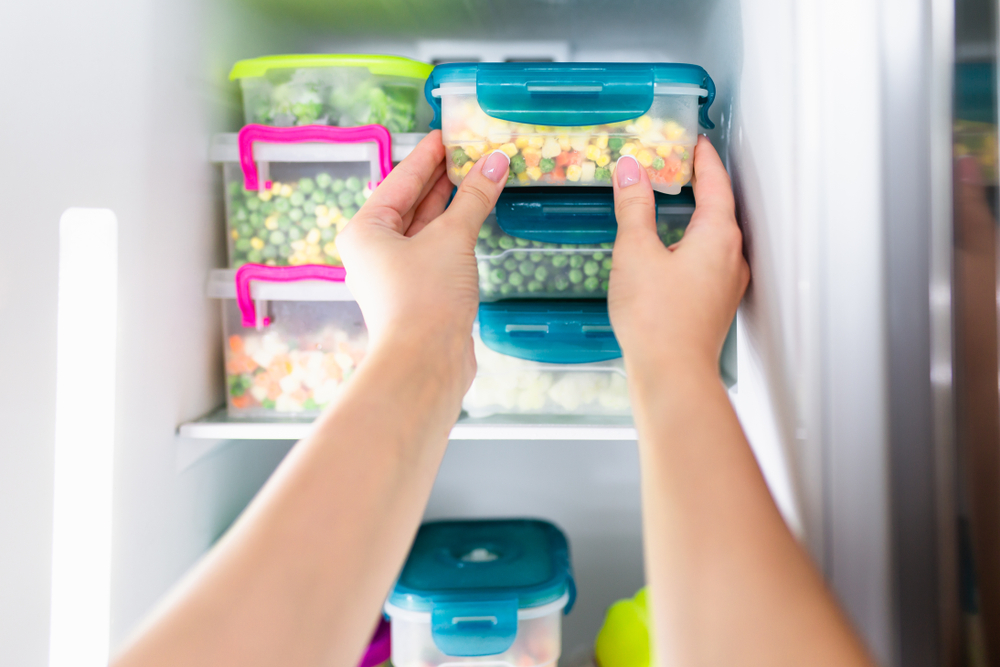
Proper storage techniques can prolong the freshness of food, reducing waste. For example, placing items like apples and bananas separately can prevent them from ripening too quickly. Learning the best storage methods for different types of food, such as keeping potatoes in a cool, dark place, helps in maintaining their quality. Using airtight containers for leftovers prevents spoilage and extends shelf life. Labeling items with dates helps track their usability and prioritize consumption.
Understand Food Labels
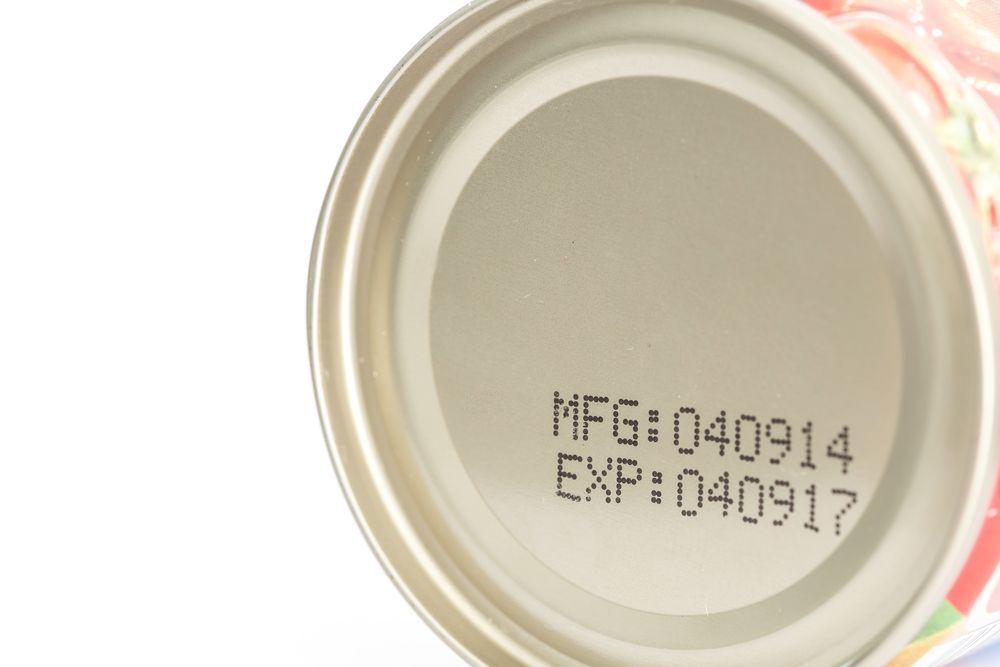
Understanding the meaning of “sell-by,” “use-by,” and “best-before” dates can help reduce waste. These labels often lead to confusion, resulting in the discarding of perfectly edible food. “Sell-by” dates indicate when a store should sell the product, but it is usually safe to consume afterward. “Use-by” dates are more about safety, especially for perishable items. “Best-before” dates indicate peak quality but do not mean the food is unsafe after this date. Educating yourself on these labels can prevent unnecessary disposal of food.
Start Small
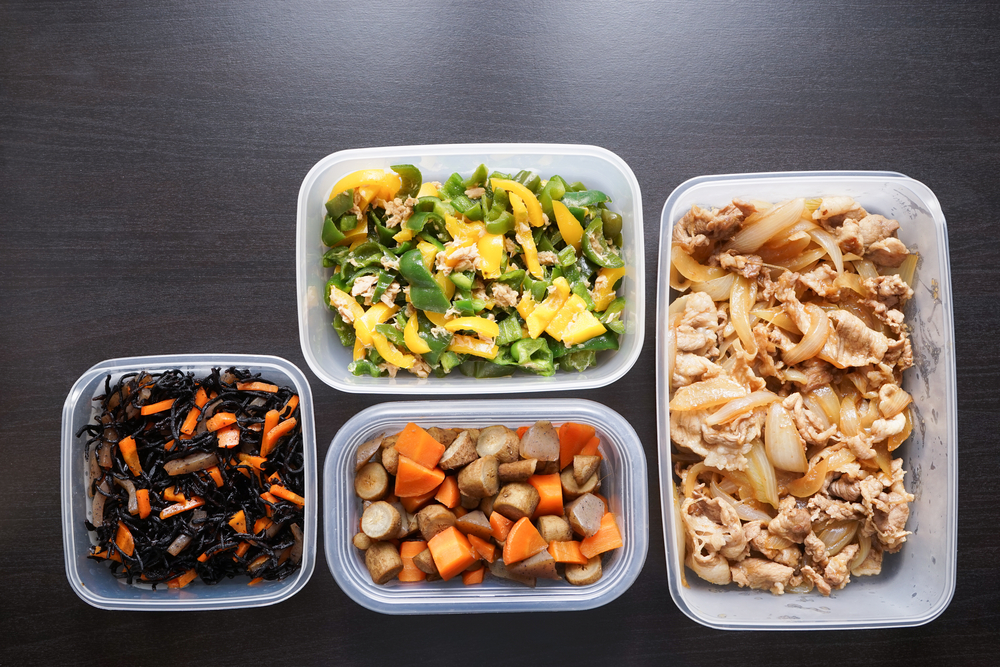
Starting with smaller portions can prevent waste and allow you to better manage leftovers. Serving smaller amounts reduces the likelihood of uneaten food on plates. You can always take more if you’re still hungry, avoiding waste from oversized portions. This approach also helps in monitoring food intake and maintaining a balanced diet. Leftovers from smaller portions are easier to store and more likely to be consumed later.
Use Leftovers Creatively
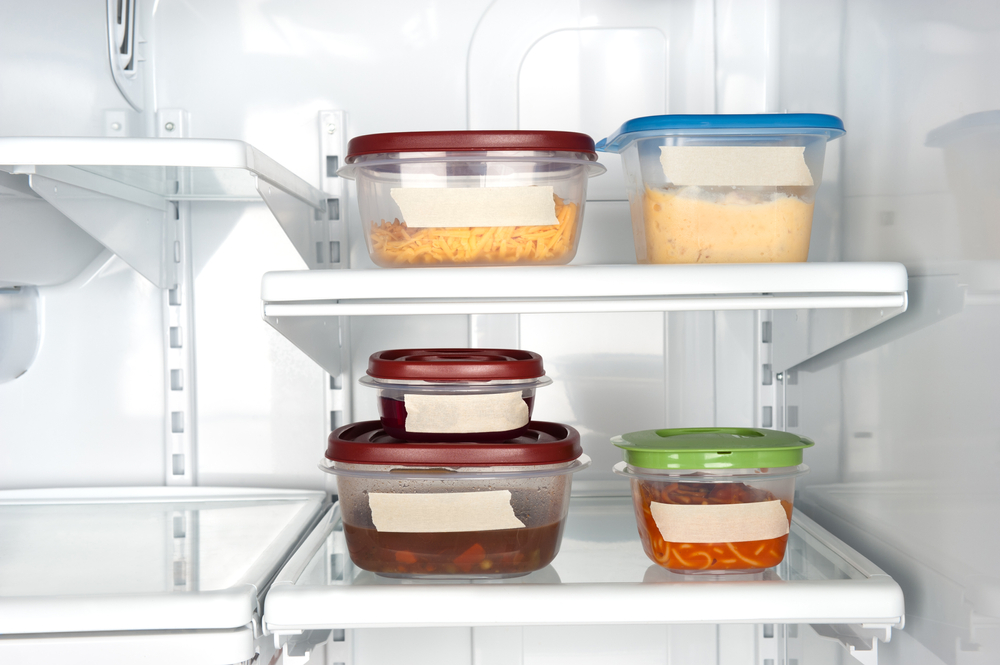
Transforming leftovers into new meals can minimize food waste. Leftover vegetables can be used in soups or stir-fries, while cooked meats can be repurposed in sandwiches or salads. This practice not only reduces waste but also saves time and money. Keeping a designated leftovers night each week ensures they are not forgotten. Experimenting with new recipes can make leftover meals exciting and desirable.
Freeze Surplus Food
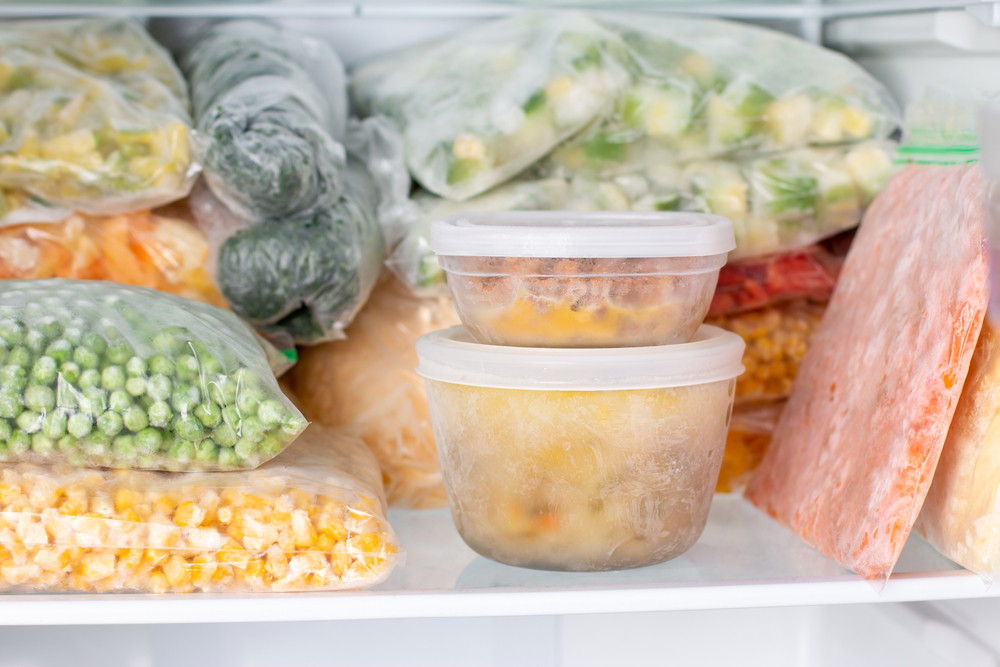
Freezing food is an effective way to extend its shelf life and reduce waste. Items like bread, meat, and vegetables can be frozen and used later. Properly sealing and labeling frozen items ensures they remain fresh and are used within a reasonable timeframe. Blanching vegetables before freezing preserves their color and nutrients. Using ice cube trays for freezing small portions of herbs or sauces makes them easy to thaw and use as needed.
Compost Food Scraps
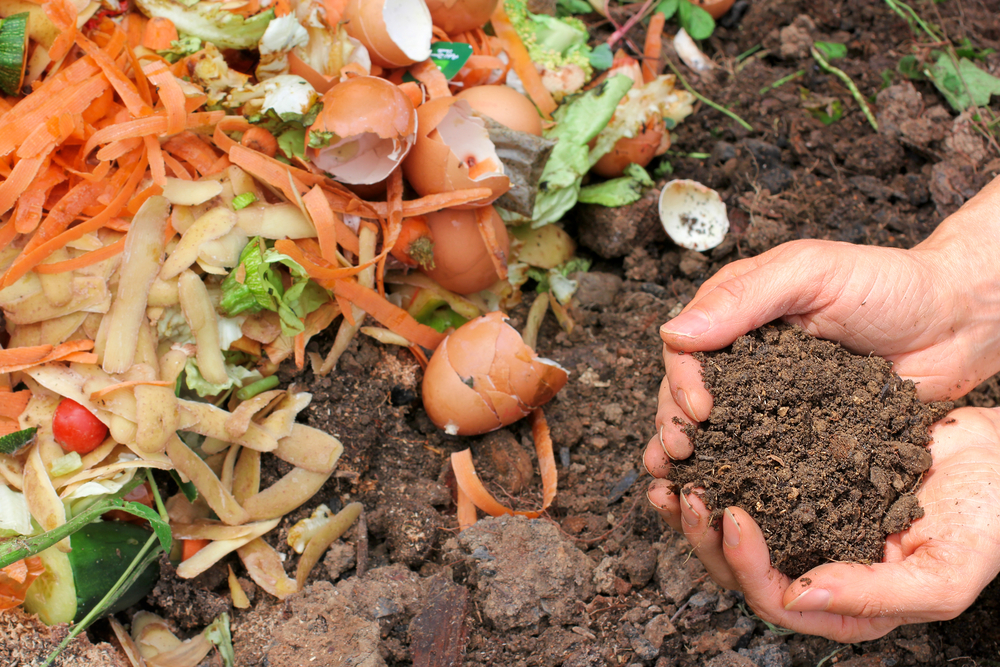
Composting food scraps turns waste into valuable fertilizer for gardens. Items such as fruit and vegetable peels, coffee grounds, and eggshells can all be composted. This reduces the amount of waste sent to landfills and provides nutrients for plants. Setting up a small compost bin in your kitchen makes it easy to collect scraps. Using the resulting compost enriches soil, promoting healthy plant growth.
Check Your Fridge Regularly
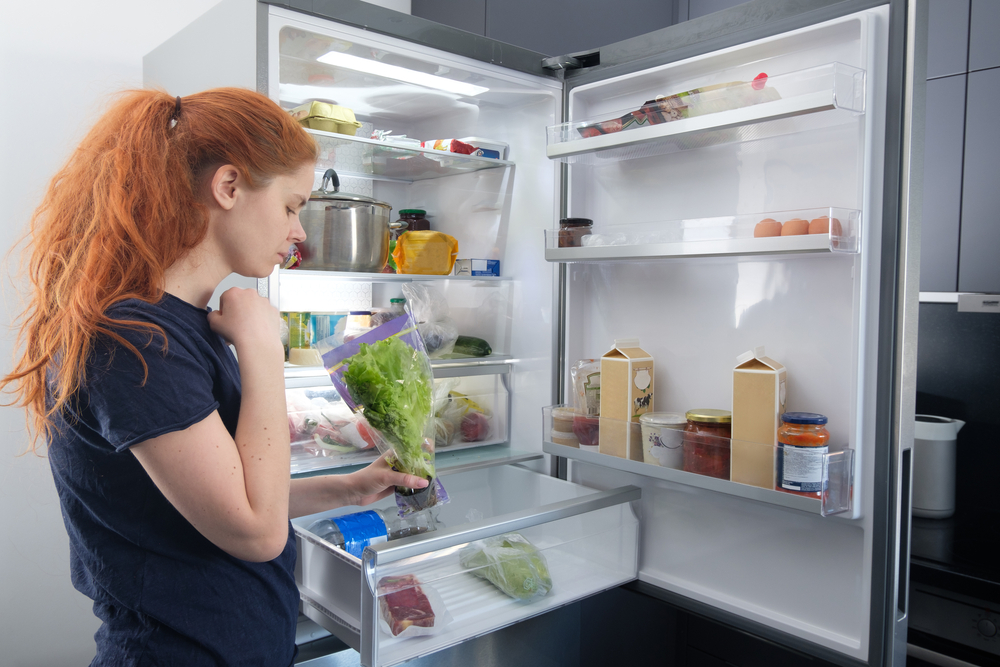
Regularly checking your fridge helps you keep track of what needs to be used up. This practice prevents items from spoiling and being forgotten. Keeping a visible inventory list on the fridge door can remind you of items nearing their expiration dates. Rotating items by moving older ones to the front ensures they are used first. Cleaning the fridge weekly prevents the build-up of expired food and makes space for fresh items.
Store Herbs Correctly
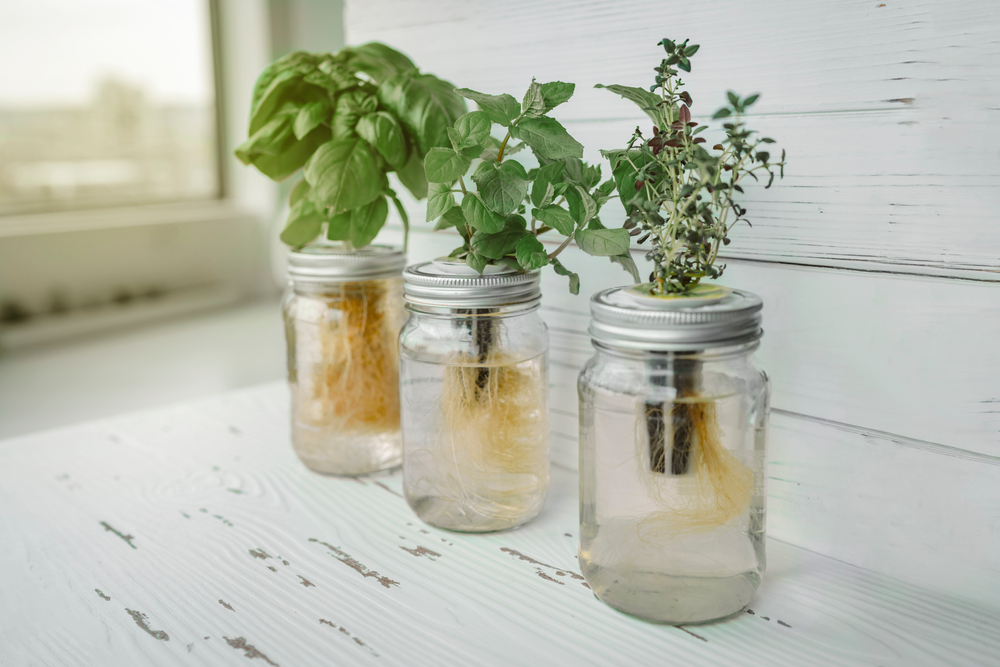
Proper storage of herbs can prolong their freshness and usability. Storing fresh herbs in water, like a bouquet, can keep them vibrant for longer periods. Alternatively, wrapping them in a damp paper towel and placing them in a plastic bag in the fridge can also extend their shelf life. Drying or freezing herbs when you have an excess ensures they are available for future use. Understanding the specific storage needs of different herbs prevents waste and maintains their flavor.
Use the Whole Plant
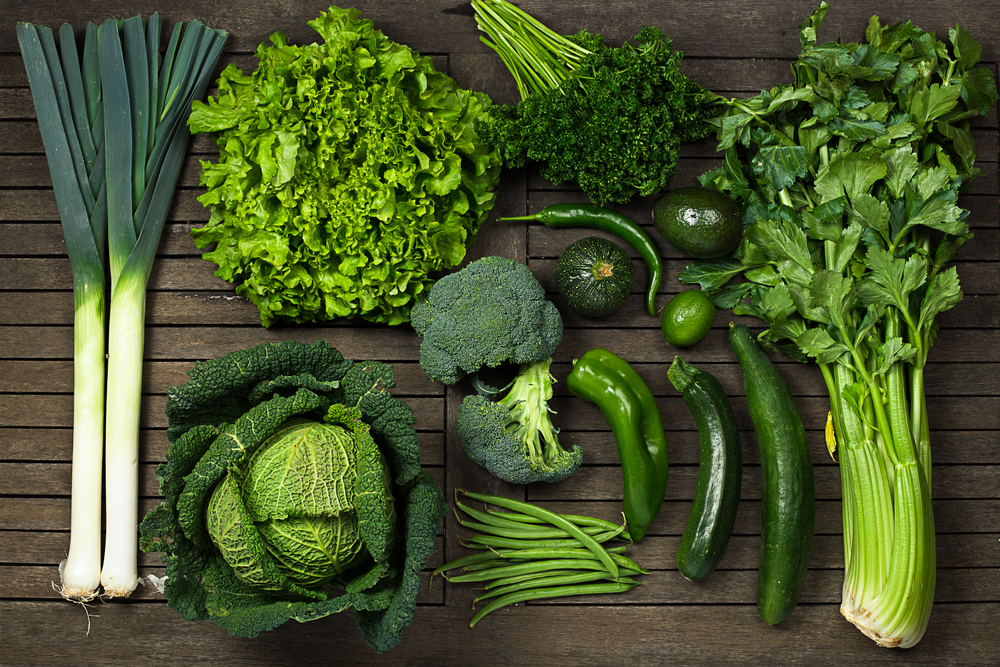
Using the entire plant, including stems, leaves, and roots, can reduce food waste. Many parts of vegetables that are typically discarded are edible and nutritious. For example, broccoli stems and beet greens can be cooked and enjoyed just like the florets and roots. Incorporating these parts into recipes or using them to make stocks and broths maximizes the value of your produce. Educating yourself on how to use different parts of vegetables expands your culinary options and reduces waste.
Donate Excess Food

Donating surplus food to local food banks or shelters helps those in need and reduces waste. Many communities have organizations that accept non-perishable and even fresh foods. Before donating, ensure the food is still safe and within its expiration date. Contact local charities to understand their specific needs and donation guidelines. This practice fosters community support and ensures that excess food benefits others rather than going to waste.
Preserve Food
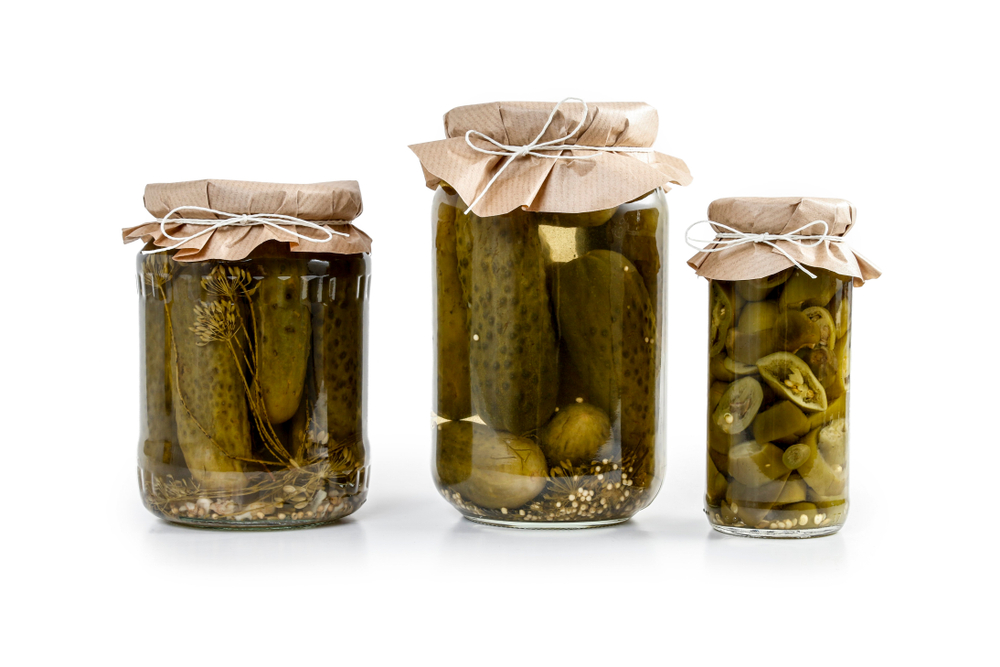
Preserving food through methods like canning, pickling, and drying extends its usability. These techniques allow you to enjoy seasonal produce year-round and prevent waste. Learning these preservation methods can be a fun and rewarding activity. Properly stored preserved foods can last for months or even years, providing a reliable food source. Investing in quality preservation equipment ensures the safety and success of these methods.
Educate Your Household

Educating everyone in your household about the importance of reducing food waste fosters collective effort. Discussing meal planning, proper storage, and creative uses for leftovers ensures everyone is on the same page. Encouraging children to participate in cooking and composting can instill lifelong habits of reducing waste. Setting household goals and tracking progress can make the process engaging and rewarding. A collective approach ensures that food waste reduction becomes a shared responsibility.
This article originally appeared on RetailShout
More From RetailShout
22 Genius Tips for an Organized Pantry

Keeping your pantry organized can feel like a never-ending battle, but with a few creative strategies, it can be a breeze. Imagine opening your pantry door to find everything neatly in place, with a spot for every item and no more frustrating searches for that elusive jar of spices. Read More.
14 Ultimate Food Cities in the United States

When it comes to food, America has some of the most exciting cities that are perfect for any foodie. These cities are not just about delicious dishes but also about unique culinary experiences that you won’t find anywhere else. Read More.
16 Everyday Things Becoming Unaffordable for the Middle Class

Lately, it feels like more and more things are slipping out of reach for the middle class. It’s not just about cutting back on a few luxuries; it’s about major parts of life that used to be manageable. Read More.

